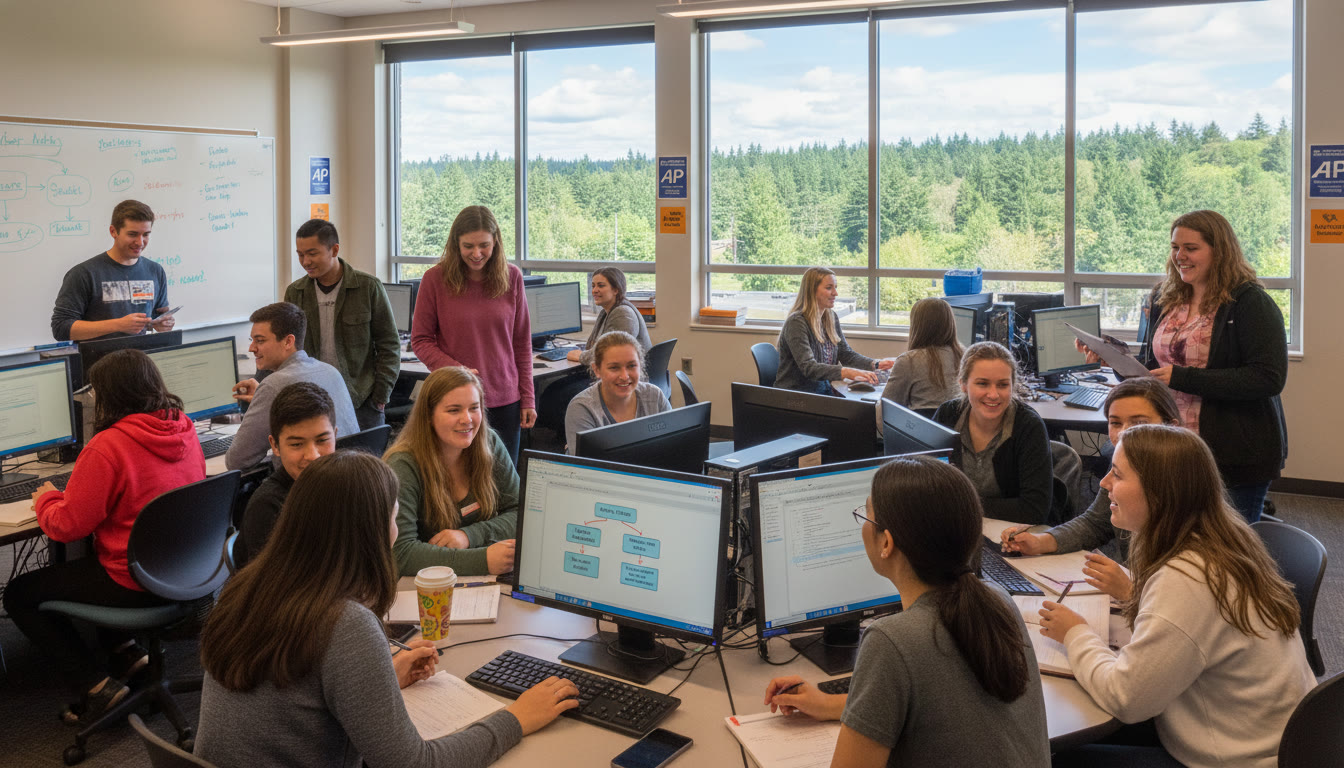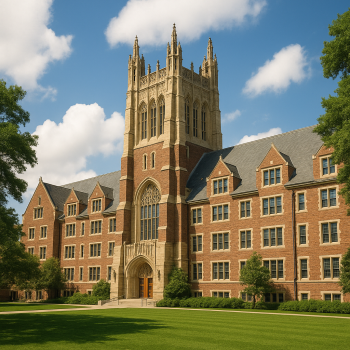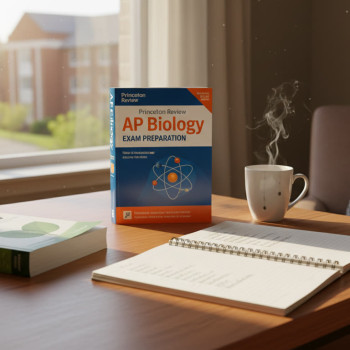Welcome — Why This Guide Matters to Oregon Students and Families
If you or your student are standing at the crossroads of high school choices—AP classes vs. CLAS options, Business pathways vs. Computer Science tracks—take a breath. You’re not alone. Oregon’s high schools offer a rich mix of advanced courses, and the decisions you make now can shape both college applications and the next four years of learning. This post is written for students and parents who want a practical, human roadmap: the what, why, and how of preparing for AP exams and for CLAS/Business/CS tracks, with realistic study plans, examples, and a few encouraging nudges.

Start With Goals: Where Do AP, CLAS, Business, and CS Fit Into College Plans?
Begin by asking two simple questions: (1) What do you want to study in college? and (2) What type of college experience do you want? AP classes are powerful signals of academic readiness: strong performance on AP exams can earn college credit, improve placement, and demonstrate intellectual curiosity. CLAS (College-Level Academic Studies or similar advanced local programs), Business pathways, and CS sequences each tell colleges something different about a student’s interests and readiness.
Examples:
- If you’re leaning toward engineering or computer science, AP Calculus and AP Computer Science A are persuasive. Complement them with personal projects or local CS clubs.
- If you’re interested in business or economics, AP Microeconomics, AP Macroeconomics, and AP Statistics build a strong quantitative foundation—paired with internships or school DECA involvement, they become even more convincing.
- CLAS or local dual-enrollment options can offer college credit and a smoother transition to campus life, especially for students who thrive in structured, college-level classes earlier.
Choosing Courses in Oregon: A Practical Framework
Oregon schools vary. Some offer many AP options; others blend AP and local CLAS/dual-enrollment programs. Choose courses using a simple framework: interest + readiness + balance.
Interest — Choose what excites you
Colleges value authenticity. If CS problems keep you up at night, don’t take AP Art History just because it looks “easier.”
Readiness — Be honest about preparation
AP classes move fast. If you haven’t finished Algebra II, AP Calculus might be premature. However, a well-structured bridge year—summer prep, tutoring, or a CLAS course—can get you ready without burnout.
Balance — Mix challenge with wellbeing
A transcript full of APs is impressive only if you can maintain grades, extracurriculars, and mental health. Consider a steady build: sophomore-year AP starter, junior-year AP core, and senior-year capstone.
How AP Exams and CLAS Credit Help Admissions and Placement
Colleges interpret AP success as evidence of college readiness. High AP scores can reduce tuition by awarding credit or placing students out of introductory classes. CLAS or community-college credits can do the same, especially for in-state public universities. But remember: admissions officers look for demonstrated interest and coherent academic narratives—so choose courses that support your intended major and tell a consistent story.
Example Course Maps: Paths for Different Interests
Below are three sample course maps—each uses APs, CLAS, and practical experiences to build a compelling profile.
| Interest | Key AP/CLAS Courses | Complementary Activities |
|---|---|---|
| Computer Science / Engineering | AP Computer Science A, AP Calculus AB/BC, AP Physics 1 or 2, CLAS CS/Math dual-enroll | Hackathons, coding portfolio, internships, robotics club |
| Business / Economics | AP Microeconomics, AP Macroeconomics, AP Statistics, CLAS Business/Accounting | DECA, entrepreneurship projects, internships, business competitions |
| Humanities / Social Sciences | AP English Language/Literature, AP Government, AP Psychology, CLAS courses in history or writing | Debate, volunteering, research projects, local policy internships |
Study Strategies That Actually Work (Not Just Advice You’ve Heard)
AP exams reward depth and exam-savvy habits. Here are targeted strategies that students in Oregon (and beyond) find effective.
- Reverse-plan from the exam date. A calendar with backward milestones—unit completion, timed-practice tests, review weeks—helps avoid last-minute cramming.
- Practice under test conditions. For AP exams, timed full-length practice tests improve pacing and reduce anxiety.
- Active recall beats passive rereading. Flashcards, closed-book summaries, and teaching concepts to someone else cement understanding.
- Connect classroom learning to projects. Build small CS apps, run a micro-business, or write a research essay—applications deepen memory and give you material for college essays.
- Use mixed study modes. Combine videos, textbook problems, group study, and one-on-one tutoring to address gaps efficiently.
Sample 6-Month Study Timeline (Junior Year, Intensive)
This timeline assumes a student taking an AP exam in May and starting serious prep in November. Adjust earlier or later based on your current level.
| Month | Focus | Key Activities |
|---|---|---|
| November–December | Foundations & Diagnostics | Take a diagnostic test, identify weak units, build a weekly study schedule, begin targeted review |
| January–February | Deep Work on Weak Areas | Daily focused practice, start timed sections, get one-on-one support for stubborn topics |
| March | Integration & Application | Full-length practice tests, timed essays/free-response practice, project work to contextualize concepts |
| April | Final Polishing | Review errors, light practice to maintain rhythm, exam logistics (sleep, meals, materials) |
| May | Exam Month | Stick to routine, short targeted reviews, stress-management practices |
How to Use Practice Tests—Quality Over Quantity
Practice tests are the single best predictor of exam readiness, but only if you use them well. After each practice exam:
- Score objectively and track trends—don’t obsess over one low score.
- Annotate error types: careless mistakes, content gaps, or timing issues.
- Create micro-goals from your mistakes (e.g., “reduce algebra errors in MCQ” or “improve argument structure in FRQ”).
One-on-one tutoring—tailored help that zeros in on recurring errors—can accelerate this process. Personalized programs (such as Sparkl’s) pair targeted feedback with guided practice so each test becomes a stepping stone rather than a setback.
Balancing Coursework, Extracurriculars, and Mental Health
Students who secure top college admissions do more than collect AP scores; they show sustained interest and impact. But impact requires energy. Protect it.
- Limit major changes in junior year. Senior year can be for leadership consolidation.
- Practice a weekly rhythm: deep work days (focused study), light days (review and wellbeing), and at least one rest day.
- Sleep and nutrition impact cognition far more than last-minute marathons.
If stress tips into overwhelm, talk to a counselor, scale back, or bring in professionals for help—academic support and mental-health care are not mutually exclusive. Combining structured study plans with coaching or tutoring helps many students regain control and improve outcomes without sacrificing balance.
Writing and Projects That Reinforce AP Learning and Shine in Applications
College essays and activity lists should reflect learning trajectories. Use class projects or AP research-style assignments as seed material for essays: describe what you made, why you made it, and what you learned. Let admissions see curiosity in action.
Examples:
- A student in AP Computer Science built a site to help local businesses list pop-up hours—this demonstrates technical skill, community impact, and initiative.
- An AP Economics student ran a neighborhood survey on small-business pricing and used statistical analysis to propose recommendations—this is research-driven and practical.
When to Consider Tutoring or a Structured Program
Tutoring is not just for remediation. Consider personalized tutoring when:
- You plateau on practice scores despite consistent work.
- You need a strategy for time management and test-taking—not just content review.
- You want a tailored study plan that adapts as you progress.
High-quality personalized tutoring offers 1-on-1 guidance, tailored study plans, expert tutors, and data-driven insights. When a tutor understands your pace and patterns, they can help you translate hard work into measurable score gains—especially on AP free-response sections and timing-sensitive multiple-choice sections. Programs like Sparkl’s combine expert tutors with AI-driven insights to pinpoint strengths and weaknesses quickly, making prep both efficient and confidence-building.
Financial Considerations and Resources in Oregon
AP exams have fees, and dual-enrollment or CLAS programs may have tuition or materials costs. Explore fee waivers, school-sponsored supports, and summer bridge programs. Many Oregon districts offer resources for students aiming to reduce cost barriers—check with counselors early so financial questions don’t block academic opportunities.
Real-World Context: What Top Colleges Look For
Top colleges want evidence of challenge, mastery, and sustained interest. That combination can come from AP classes plus complementary experiences:
- Depth: A sequence of AP or CLAS courses in one subject area (e.g., AP Calculus followed by AP CS) signals commitment.
- Mastery: Strong scores and demonstrated projects show you can apply knowledge.
- Sustained Interest: Leadership or multi-year projects tied to the subject reveal motivation and follow-through.
Sparkl’s personalized approach can help students craft that combination—strengthening core content while guiding project and narrative development for essays and interviews.
Common Myths and Straightforward Truths
Let’s debunk a few myths quickly.
- Myth: You must take every AP available to be competitive. Truth: Depth beats breadth. A cohesive transcript is more persuasive than random APs.
- Myth: AP scores are everything. Truth: Scores are important, but so are graded coursework, teacher recommendations, essays, and extracurricular impact.
- Myth: Tutoring is only for people who are behind. Truth: Tutoring accelerates high achievers too by converting effort into strategy and scores.
Checklist: Junior-Year Priorities for Oregon Students
- Finalize AP/CLAS choices that align with your intended major and academic story.
- Create a backward study calendar from May exam dates with incremental milestones.
- Take a diagnostic practice test for each AP course you plan to sit.
- Identify one meaningful project or leadership opportunity tied to your main interest.
- Explore fee supports and dual-enrollment financial aid through your counselor.
- Consider 1-on-1 tutoring if you want targeted improvement—especially for free-response practice and pacing strategies.
Closing Thoughts — A Roadmap, Not a Race
Every student’s journey through AP, CLAS, Business, and CS pathways is personal. Oregon offers many routes to the same destination. Focus on coherence: build a narrative that ties your coursework to your curiosity and activities that demonstrate impact. Use practice tests as feedback, not final judgments. Protect mental health along the way—consistent, steady progress beats a frenetic sprint.
If you want targeted help pulling together a study calendar, picking which APs to take, or getting plan-driven tutoring, consider a program that offers 1-on-1 guidance, tailored study plans, expert tutors, and data-informed feedback. Sparkl’s personalized tutoring is one model that many students find helpful because it meshes structured academic coaching with adaptive insights—helpful when time is precious and the stakes feel high.
A Final Encouragement
Preparation for AP exams and for CLAS/Business/CS pathways is more marathon than sprint. Small, consistent improvements—smart practice, honest diagnostics, and a support system that adapts to your needs—add up. Keep your curiosity front and center, ask for help early (your counselor, teachers, or a targeted tutor), and remember: your transcript should tell the story you want admissions to read. You’re building skills for college and beyond—those are wins regardless of one test score.

Want a Next Step?
Create a short plan tonight: pick one AP or CLAS course you’ll prioritize, schedule a diagnostic test within two weeks, and block three study sessions per week on your calendar. If targeted, one-on-one help would make that work more efficient, consider reaching out to a personalized tutoring service to design a tailored study plan and accelerate progress.
Good luck—and remember: steady, intentional work with the right supports turns ambition into achievement.



















No Comments
Leave a comment Cancel